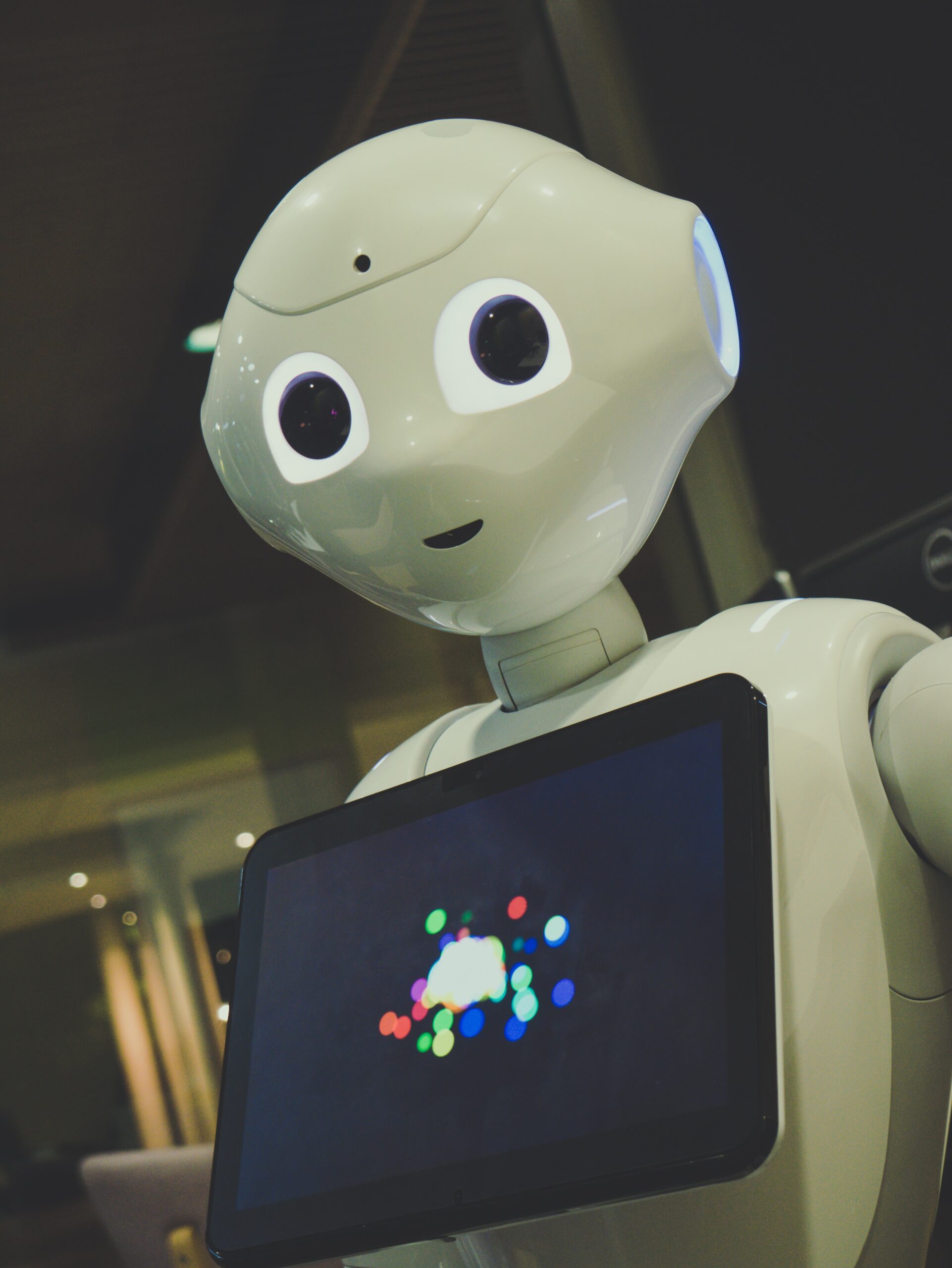Exploring the Latest Trends in Artificial Intelligence
The Evolution of Artificial Intelligence
Artificial Intelligence (AI) has made significant strides in recent years, revolutionizing various industries and transforming the way we live and work. From self-driving cars to virtual assistants, AI has become an integral part of our daily lives.
As technology continues to advance at an unprecedented pace, it is important to stay updated with the latest trends in AI. In this blog post, we will explore some of the exciting developments and trends in the field of Artificial Intelligence.
1. Machine Learning
Machine Learning is a subset of AI that focuses on the development of algorithms and statistical models that enable computers to learn and make predictions without being explicitly programmed. It has gained immense popularity in recent years and is being used in various applications such as image recognition, natural language processing, and predictive analytics.
Deep Learning, a subfield of Machine Learning, has also gained traction. It involves training artificial neural networks to learn and make decisions like a human brain. Deep Learning has shown promising results in areas like computer vision, speech recognition, and natural language processing.
2. Internet of Things (IoT)
The Internet of Things (IoT) refers to the network of physical devices, vehicles, appliances, and other objects embedded with sensors, software, and connectivity, enabling them to collect and exchange data. AI and IoT are a powerful combination, as AI algorithms can analyze the massive amounts of data collected by IoT devices and provide valuable insights.
AI-powered IoT applications are being used in various industries, such as healthcare, agriculture, transportation, and manufacturing. For example, in healthcare, IoT devices can monitor patients’ vital signs and AI algorithms can analyze the data to detect anomalies and predict potential health issues.
3. Natural Language Processing (NLP)
Natural Language Processing (NLP) is a branch of AI that focuses on the interaction between computers and humans through natural language. NLP enables computers to understand, interpret, and respond to human language in a meaningful way.
Virtual assistants like Siri, Alexa, and Google Assistant are examples of NLP applications. These virtual assistants use AI algorithms to process and understand spoken or written language and provide relevant responses or perform tasks.
4. Robotics and Automation
AI-powered robots and automation systems are transforming industries and changing the way we work. Robots equipped with AI algorithms can perform complex tasks with precision and efficiency.
From manufacturing to healthcare, robots are being used in various sectors. For example, in manufacturing, robots can automate repetitive tasks, increasing productivity and reducing errors. In healthcare, robots can assist in surgeries and provide care to patients.
5. Ethical and Responsible AI
As AI technology continues to advance, there is a growing concern about its ethical implications. Issues like bias in AI algorithms, privacy concerns, and job displacement need to be addressed.
Many organizations and researchers are working towards developing ethical and responsible AI frameworks. It is crucial to ensure that AI systems are fair, transparent, and accountable.
Conclusion
The field of Artificial Intelligence is constantly evolving, and staying updated with the latest trends is essential. Machine Learning, IoT, NLP, robotics, and ethical AI are some of the key areas to watch out for.
As AI continues to shape our future, it is important to harness its potential for the benefit of humanity while addressing the ethical challenges that come along with it.


